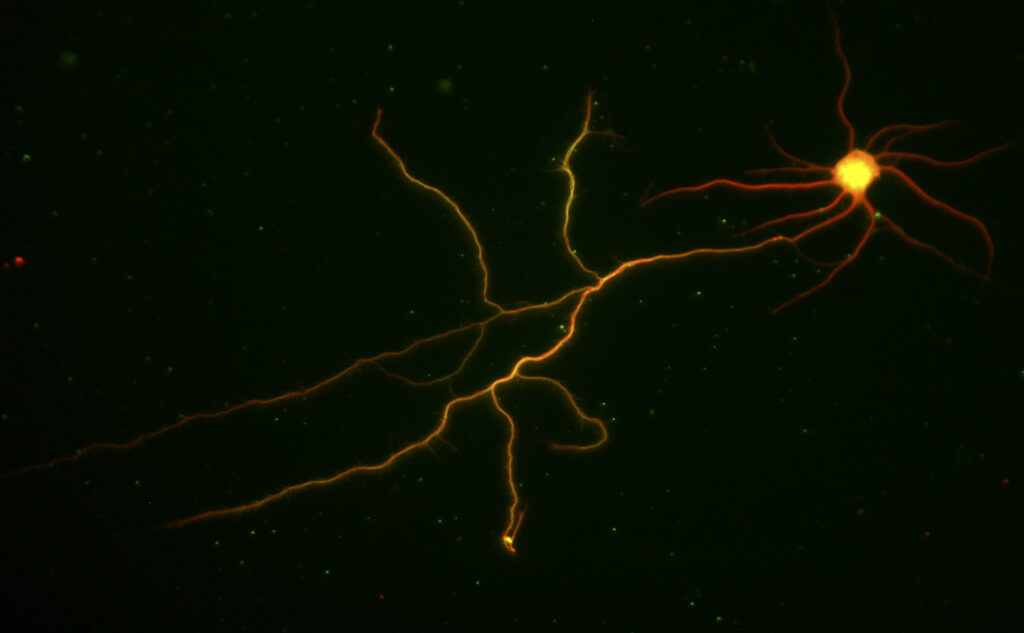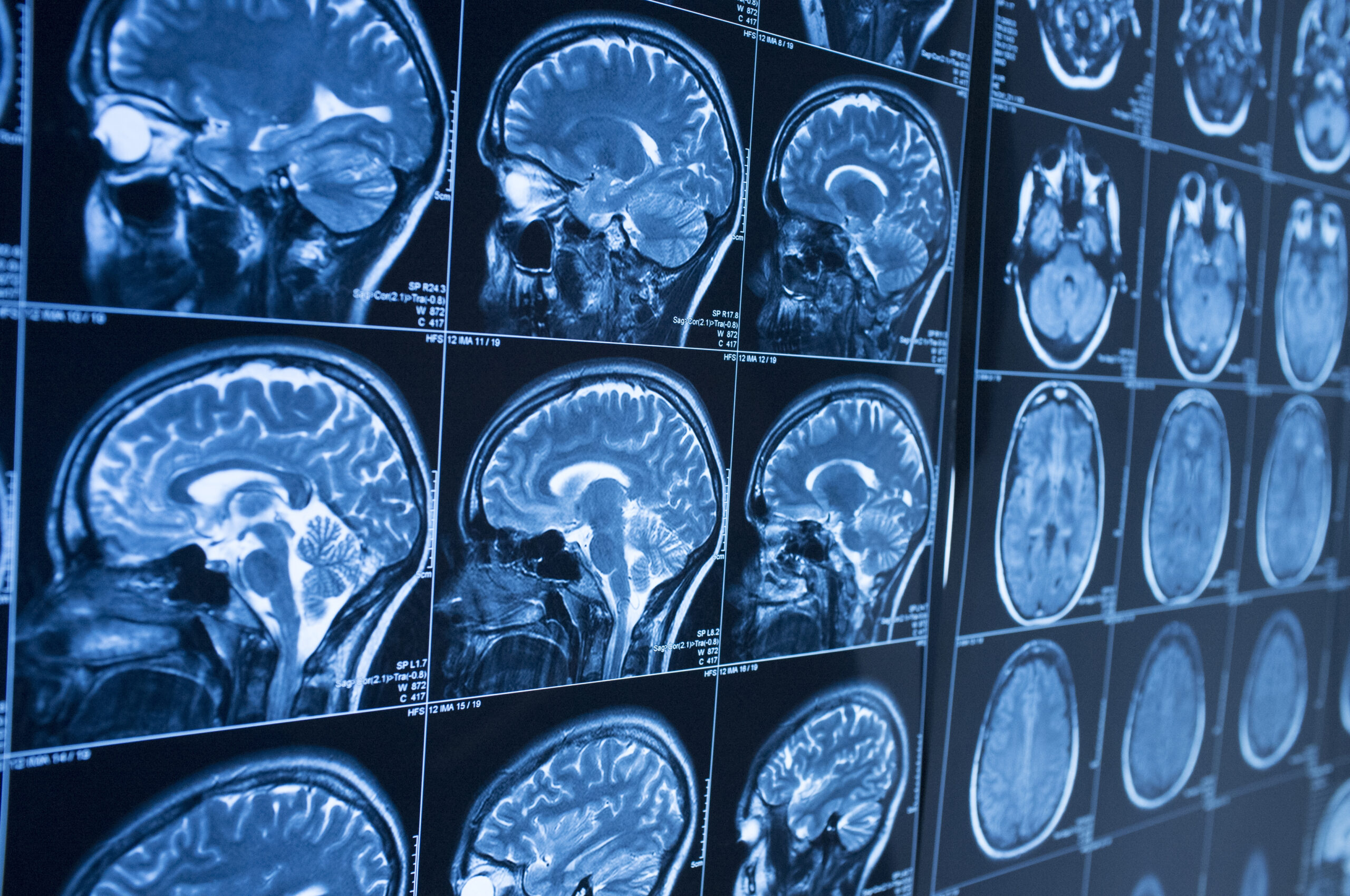Cerebral Palsy
Cerebral palsy (CP) encompasses a group of non-progressive brain disorders that are often acquired through inflammation and/or hypoxic-ischemic (HI) brain injury during the perinatal time period. CP affects about 3 children per every 1000 live births, and individuals with the disorder comprise a diverse and heterogeneous population. While motor deficits are the most common feature among patients, the severity of these symptoms and comorbidities with cognitive dysfunctions vary widely.
CP is frequently characterized by the continued loss of functional cells in the developing brain, resulting in neurological dysfunction. The impairment of both grey matter and white matter tracts leads to impaired communication throughout the central nervous system. At present, therapeutic hypothermia is the only standard of care for full-term new-born infants and there are no effective treatments that can reverse or regenerate the damaged brain tissue in chronic CP.

Neural stem progenitor cells (NSPCs) derived from induced human pluripotent stem cells (hiPSCs-NPCs) represent a cell source that circumvents many of the ethical and moral concerns of stem cell therapy. hiPSCs derived NSPCs have the potential to be an effective therapeutic option for the treatment of chronic CP. However, there are critical shortfalls in conventional NSPCs that limit the efficacious application to human chronic CP, including the poor survival of transplanted cells, the formation of the glial scar and secretion of CSPGs.
Inteligex has designed specific hiPSC derived NPCs for the treatment of chronic CP. CMaRT cells (Cortical Microenvironment modifying and Regenerative, Therapeutic) form the cornerstone of Inteligex’s stem cell-based approach to the treatment of chronic CP.
Inteligex has been able to demonstrate that transplanted CMaRT cells can restore function, and as such represent a potential therapeutic application for the treatment of chronic CP.

